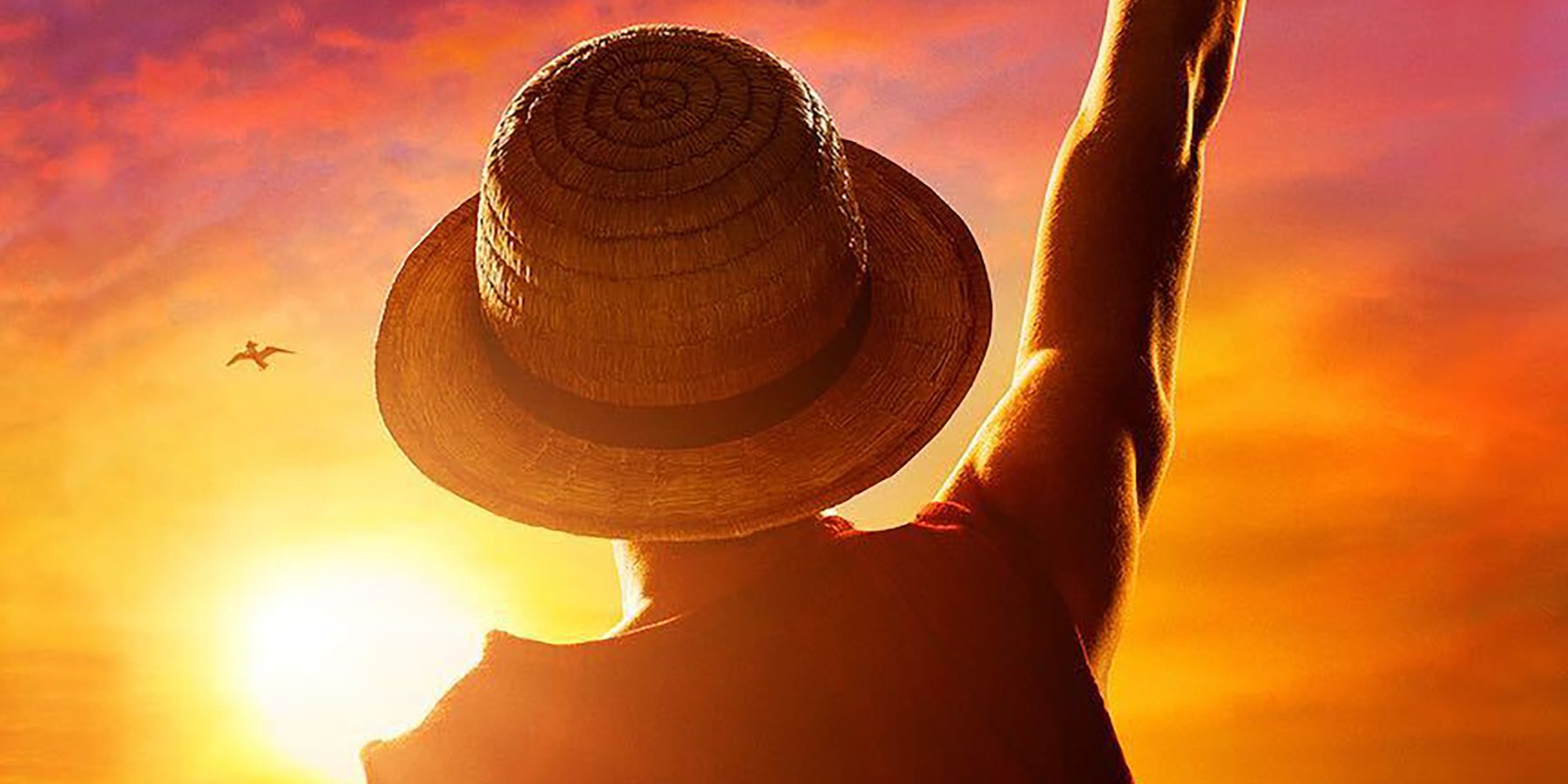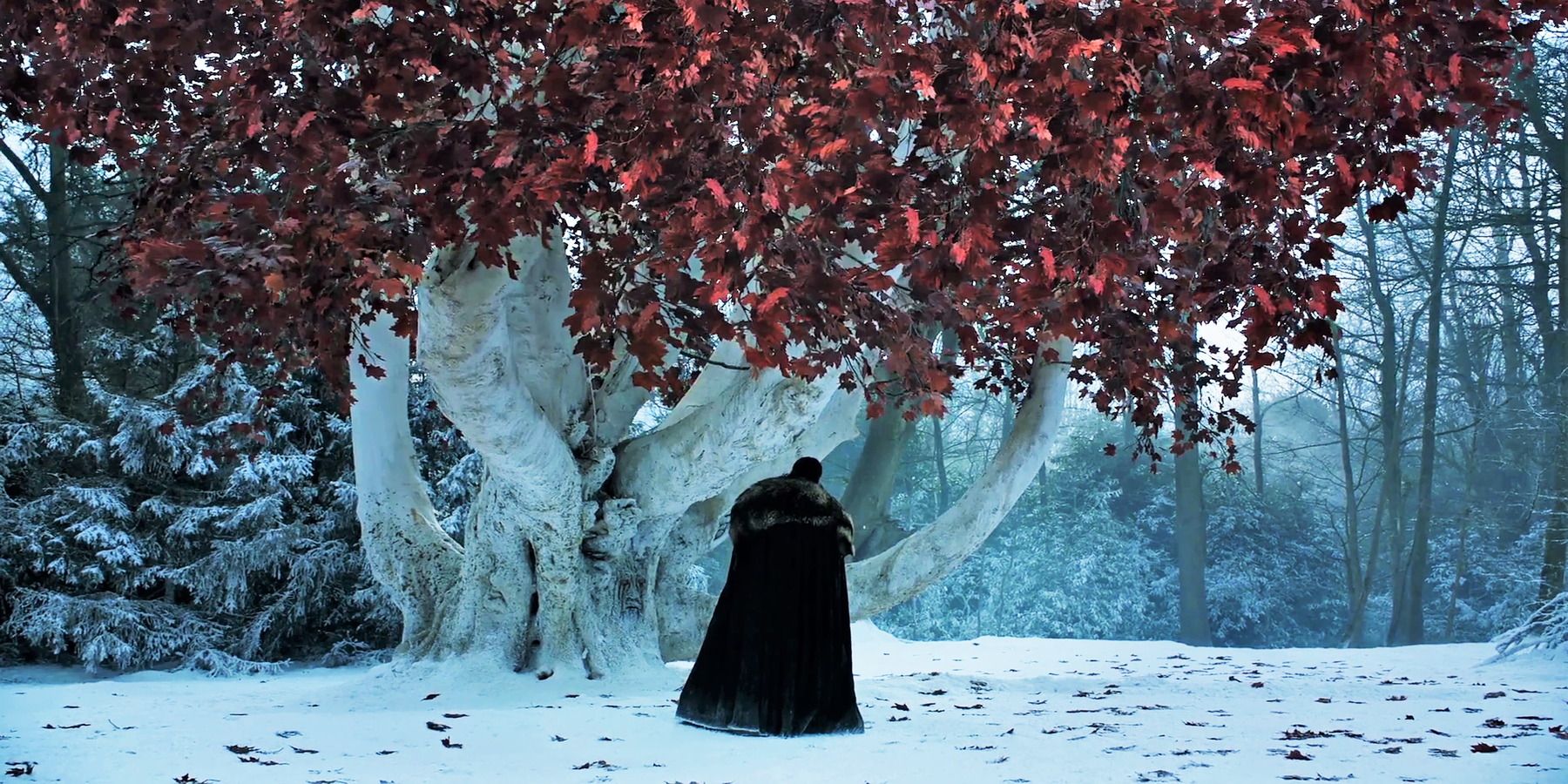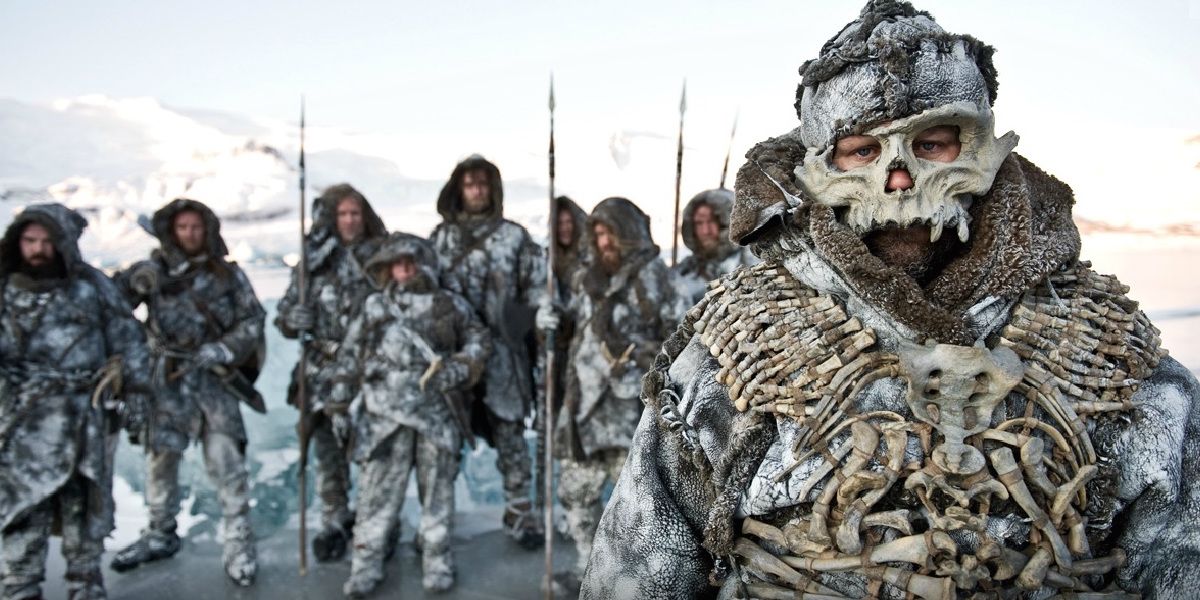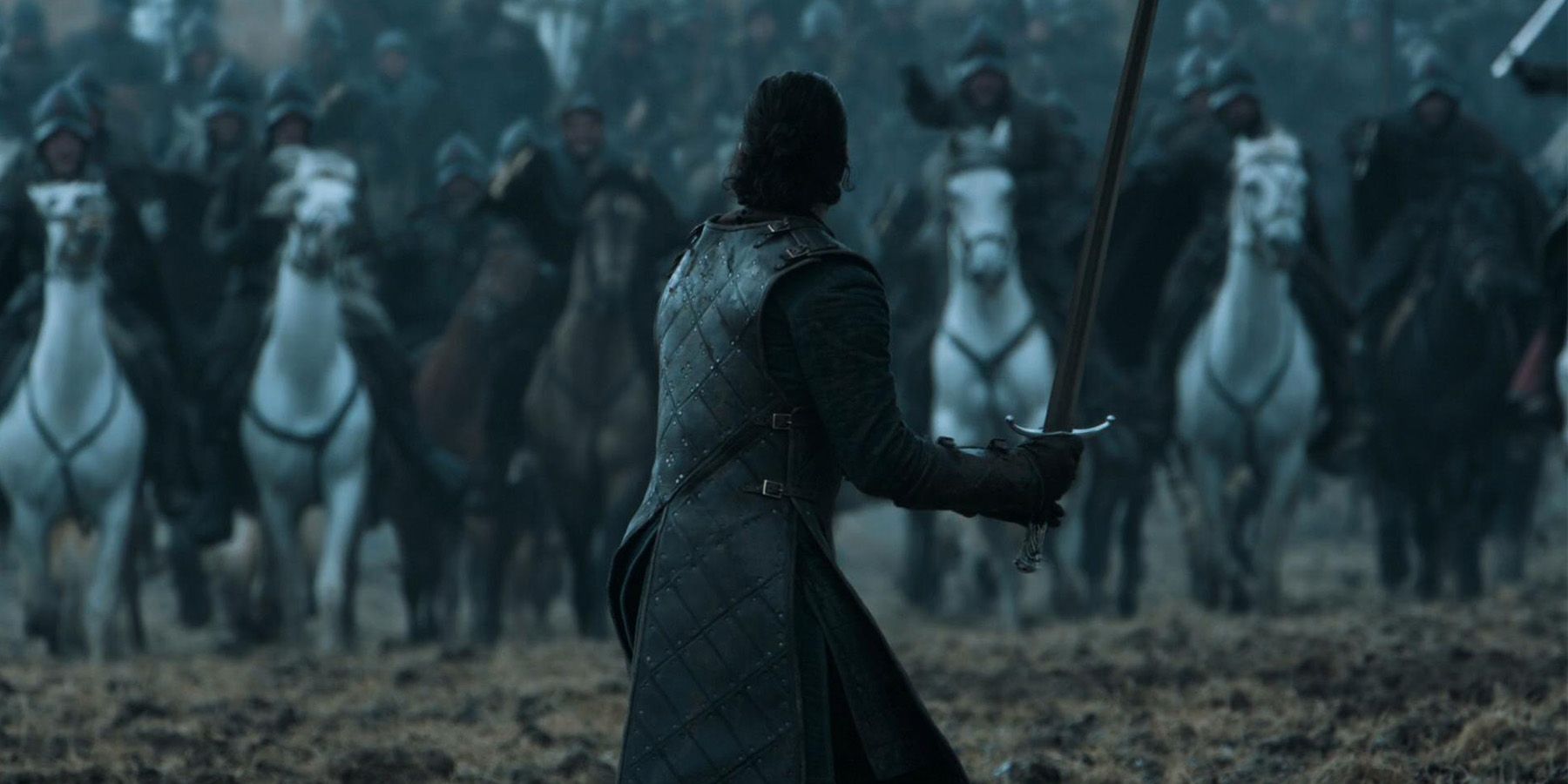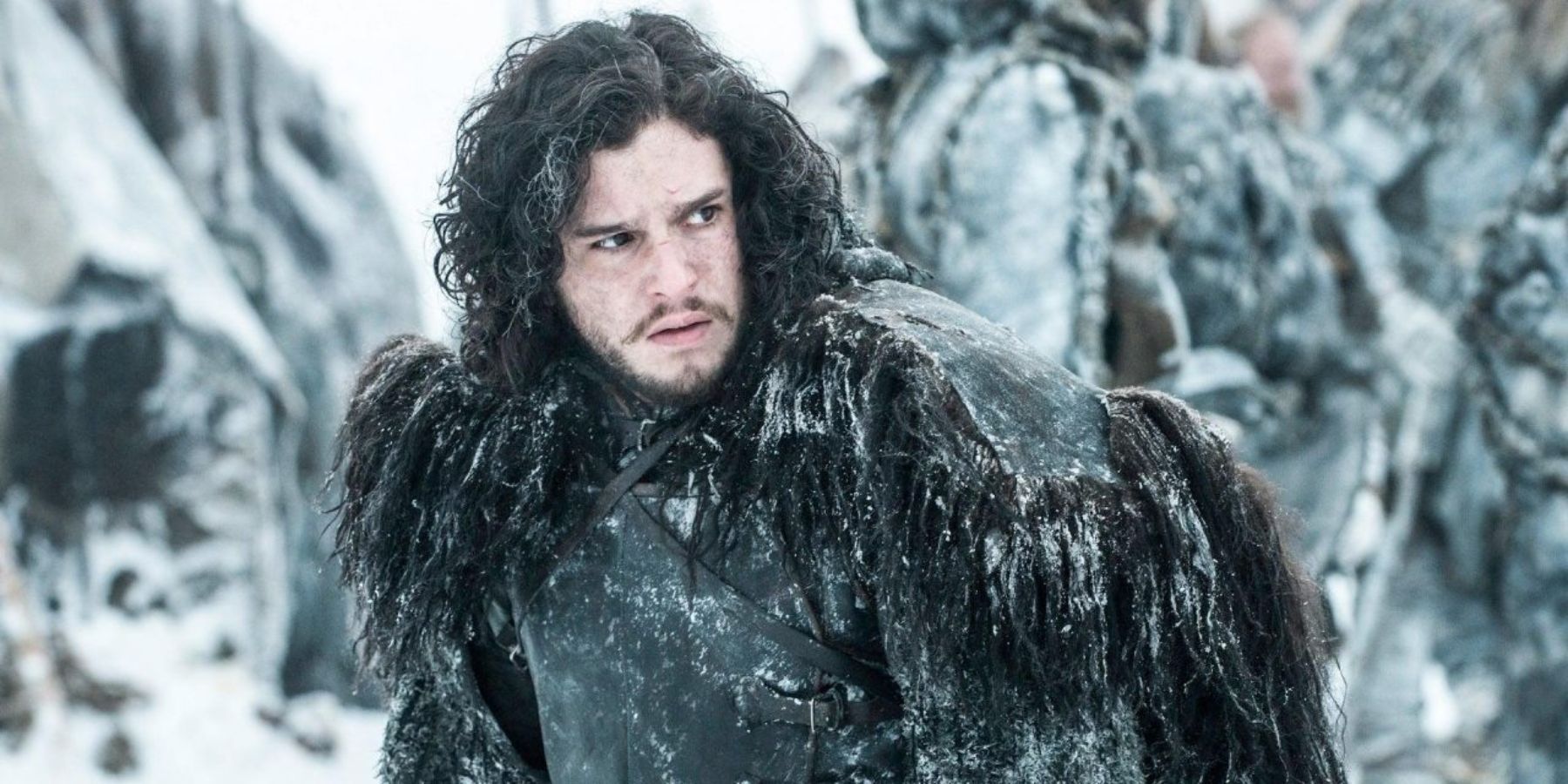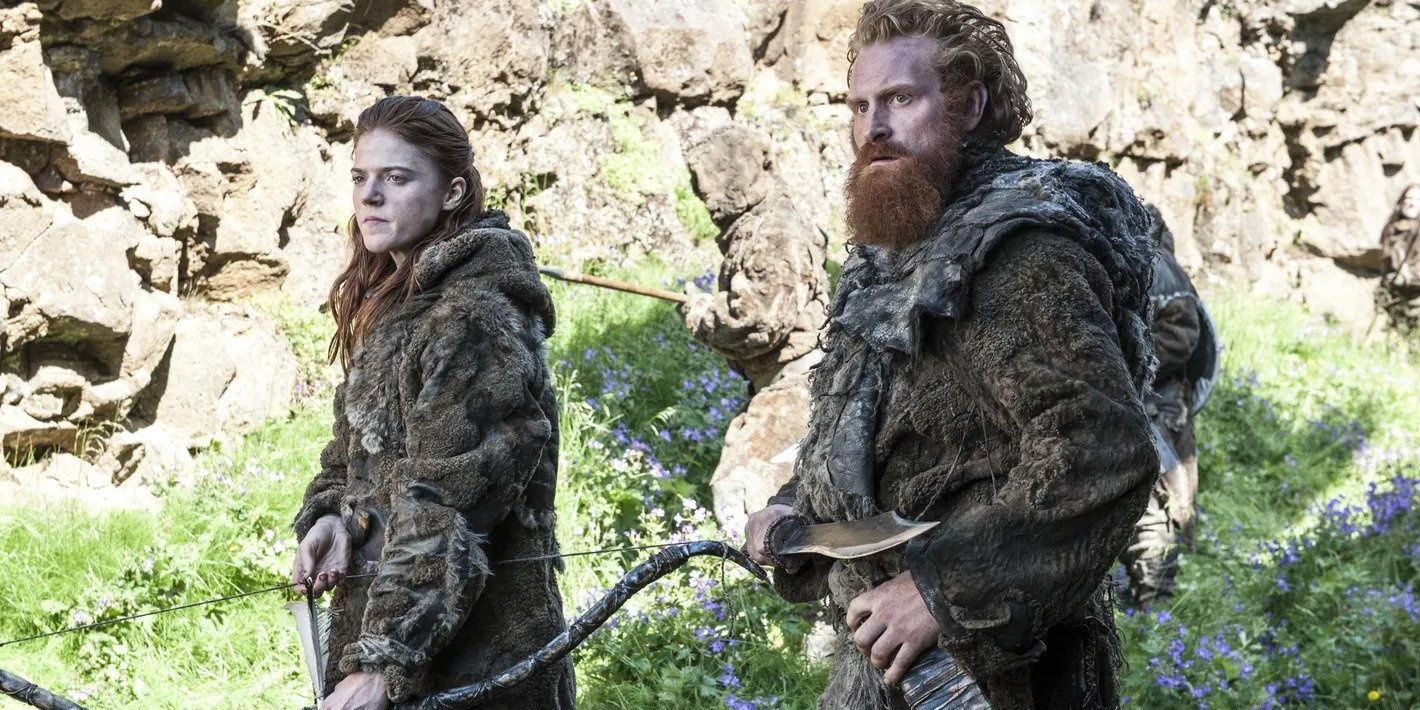The continents of Westeros, Essos, and Sothoryos are just a few of the many lands contained in the Known World of George R.R. Martin's A Song of Ice & Fire, the basis for the HBO series Game of Thrones. Each one is home to vastly different cultures that boast thousands of years of lore. The history of Westeros itself is largely a bloody one, its eras defined by great wars of conquest, each perpetrated by a different invading force.
The events of the main timeline mostly concern a civil war waged by the continent's major houses, the invaders this time being Daenerys Targaryen and the mysterious Others. But long before Targaryen dragons soared the skies of Westeros, before even the ancient Others made their dread march south from the Lands of Always Winter, there were the First Men. Who were these ancient, almost mythic figures, and how did they shape the present era?
Who Were the First Men?
For untold millennia, the continent of Westeros was populated by the Children of the Forest who were, essentially, Martin's take on Elves, and the giants. Their undisputed reign came to end when, between eight thousand and twelve thousand years before Aegon Targaryen's Conquest, the First Men crossed into Westeros via the now-submerged land bridge known as "the Arm of Dorne." No stories exist about why they crossed, simply that they supposedly did so under the leadership of "the First King" who goes by different names in every Westerosi culture. From Dorne, the First Men spread to every nook and cranny of the continent which led to a war with its original inhabitants.
It was the First Men who dubbed them "the Children of the Forest" in reference to their short statute and childlike features. The Children refer to themselves as "those who sing the song of the earth" and as their name implies, they shared a special, supernatural connection with Westeros. The First Men, with their boorish customs and disregard for the land angered the Children by carving out holdfasts and farms and chopping down weirwood trees for wood. The Children had long used weirwood trees, which are still considered holy in Northern households, to commune with the gods. Their destruction was seen not only as a cultural affront, but also a threat to the natural order.
The war for Westeros was not a protracted one. Though the Children had magic and a deep ancestral knowledge of the terrain, the First Men were bigger, stronger, more technologically advanced, and, importantly, more numerous. They had come from the neighboring continent of Essos in the midst of a Bronze Age, armed with swords, shields, and trained war horses.
Legend has it that, driven to the brink of extinction, the Children used dark magic to destroy the Arm of Dorne and stem the flow of First Men into Westeros. This was supposedly how the Stepstones were created, and the Neck turned into a swamp. Drastic though this measure was, it did nothing to turn the tide of the war. The fighting only ceased when the two sides reached a peace agreement called "The Pact" which gave the Children dominion over the deep woods and the First Men that over the rest of Westeros. The First Men also agreed to stop cutting down weirwoods.
Following the Pact, the First Men enjoyed four thousand years of peace and friendship with the Children during a period known as the Age of Heroes. The amity between the two peoples was so profound that the First Men abandoned their old religions and adopted that of the Children. Like the Children, they began carving their faces into weirwood trees, thereby turning them into "heart trees." It was the Children who taught them to use ravens to communicate across great distances like carrier pigeons, though legend has it that, back then, the ravens could actually speak the messages.
Perhaps the last and greatest example of alliance between the two peoples was their coordinated fight against the Others during The Long Night. The unified efforts of the Children, the First Men, and the giants pushed the Others back into the Lands of Always Winter beyond the northernmost known point of Westeros. Afterward, the three groups built The Wall in case the malevolent ice wraiths ever returned.
Who Is Descended From the First Men?
Some time after The Long Night, another race of men, the Andals, came to Westeros from across the Narrow Sea from Essos with improved weapons made of iron. After hundreds of years of war the Andals conquered or married into the various southern kingdoms of Westeros, bringing their Seven Gods with them. This invasion effectively wiped out the remaining Children of the Forest and radically changed the political and cultural landscape of the continent. Still, the North was largely held by the First Men and their descendants.
Thousands of years later, during the events of Game of Thrones, most of the Northern Houses and the common folk who live under them, trace their lineage all the way back to the First Men. Chief among these ancient houses are the Starks, whose family name dates back at least to The Long Night.
The Starks still keep many of the traditions passed down to them by the First Men. They worship the Old Gods - a heart tree still stands at Winterfell - and honor the custom of guest right. Guest right states that once a guest has been offered food (usually bread and salt) and shelter, they are under the receiving house's protection and no harm may come to them. Another key custom inherited from the First Men, is the belief that he who passes judgment should swing the sword. This means that anyone lord or king who sentences someone to death should carry out the execution themselves. It was intended to be a means of not trivializing human life and a check on potentially capricious rulers.
The wildlings, or "Free Folk," as they call themselves, also trace their lineage back to the First Men. The Wildlings are basically just the descendants of those First Men who were unlucky enough to be left North of the Wall when it went up. Though they do have different customs, likely due to thousands of years of separation, many of the core beliefs and traditions are the same. This shared heritage has fostered a deepened hatred for the Starks amongst the Free Folk who argue that the Northern House is, effectively, adding in the slaughter of their own distant kinfolk. The Starks and the Northern Houses have played into this divide by essentially defining themselves in relation to the wildlings, seeing themselves as more civilized even though their differences lie not in Westerosi exceptionalism, but in mere geographical chance.
The border conflict between the Northerners and the Free Folk, the Wall, the weirwoods, and much of the literal DNA of the Westerosi people are all examples of the tremendous legacy the First Men left behind. Though they were largely assimilated into what would become the Seven Kingdoms and most of their great landmarks have long decayed, the First Men's influence can still be felt in Westerosi hearths and halls of power.


